Why OpenAPI (Swagger) Is More Than Just Documentation
Introduction Nowadays, more and more engineering teams use OpenAPI (Swagger) to generate API documentation during the API delivery process. The typical delivery format is: a yaml spec file, bundled with Swagger UI, mixed with a bunch of js files, and then compressed into a zip file to be emailed to users. Unsurprisingly, in practice, these documents are often inaccurate, incomplete, and lag behind the code—they are usually rushed deliverables created in the final stages of a project. For many teams, maintaining Swagger documentation has become a "necessary burden" rather than a natural part of the development process. Why? I believe the root cause lies in this: many teams have a fundamental misunderstanding of OpenAPI from the very beginning. They see it as a "documentation tool"—rather than a "contract language" with expressive power that can drive collaboration and automation. This article aims to provide a new perspective and attempt to answer three questions: What is OpenAPI fundamentally? What can the OpenAPI spec language express? How can this perspective change the way teams deliver and think? 1. OpenAPI Is a Runtime-Agnostic Interface Abstraction, Not Just Documentation As stated in the official definition, OpenAPI is a standardized, language-agnostic interface definition format designed to allow both humans and machines to accurately understand the boundaries of a system's capabilities without relying on source code. The OpenAPI Specification (OAS) defines a standard, language-agnostic interface to HTTP APIs which allows both humans and computers to discover and understand the capabilities of the service without access to source code, documentation, or through network traffic inspection. I think OpenAPI has three fundamental characteristics: Language-Agnostic: Regardless of whether your backend is written in Go, Java, Python, or Node.js, OpenAPI provides a unified format to describe it. This also highlights that it is an "external perspective" description language, not an attachment to any specific runtime. It focuses on the input-output behavior of the interface rather than internal implementation details. Runtime-Agnostic: It is not a derivative of frameworks or code annotations but an independent structural description. Typically, it is stored as a yaml or json file. Highly Expressive: It is capable of describing all explicit behaviors and rules of an API from an external perspective. OpenAPI is more like a DSL (Domain-Specific Language) for interface descriptions, capable of driving documentation generation, code generation, mock services, test cases, and even server skeleton code. This "interface-first, implementation-later" approach is the core idea of Contract-First Development. Conversely, if you treat it as "documentationc," it naturally becomes a supplementary task after development, prone to being outdated and inconsistent, ultimately failing to support structured collaboration. This difference in understanding determines whether OpenAPI becomes an accelerator or a burden for your team. It fundamentally reflects whether you view APIs as "part of the software" or merely as a collection of exposed functionalities. 2. What Can OpenAPI Express? APIs are essentially interface definitions. They should be independent of specific languages and runtime implementations, serving as an abstract communication contract that clearly defines the inputs, outputs, and behavioral constraints of a service. From an external perspective, using an API is like interacting with a complex but orderly control panel, where each button represents a function, each switch corresponds to an operational path, and clear labels and manuals are provided. APIs should not only showcase the system's capabilities but, more importantly, enable users to understand and correctly operate those capabilities. OpenAPI provides most of the structures and mechanisms needed for this abstraction and expression. 1. Definition of Behavior and Constraints Request paths, parameters, and request body structures Response formats, status codes, and exceptional cases Explicit definitions of 2xx, 4xx, 5xx and their meanings Constraints on input/output fields: Required fields Types and formats (e.g., string, integer, format: date-time) Regex validation, value ranges, enumerations Branching structures (oneOf, allOf, anyOf, discriminator) Defining these elements not only influences code implementation but also guides frontend development, test construction, data generation, and error-handling strategies. 2. Security and Permission Models Support for various authentication mechanisms (API Key, JWT, OAuth2) Independent security schema for each endpoint Customizable permission scopes via tags or extended fields (e.g., x-access-level) The security model provided by OpenAPI makes access policies explicit rather than being implicitly impleme
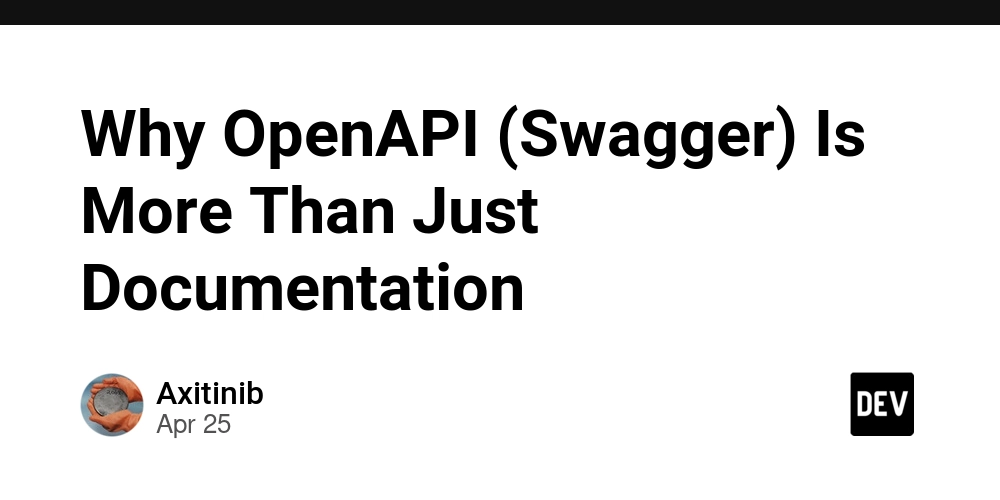
Introduction
Nowadays, more and more engineering teams use OpenAPI (Swagger) to generate API documentation during the API delivery process. The typical delivery format is: a yaml spec file, bundled with Swagger UI, mixed with a bunch of js files, and then compressed into a zip file to be emailed to users. Unsurprisingly, in practice, these documents are often inaccurate, incomplete, and lag behind the code—they are usually rushed deliverables created in the final stages of a project.
For many teams, maintaining Swagger documentation has become a "necessary burden" rather than a natural part of the development process.
Why?
I believe the root cause lies in this: many teams have a fundamental misunderstanding of OpenAPI from the very beginning.
They see it as a "documentation tool"—rather than a "contract language" with expressive power that can drive collaboration and automation.
This article aims to provide a new perspective and attempt to answer three questions:
- What is OpenAPI fundamentally?
- What can the OpenAPI spec language express?
- How can this perspective change the way teams deliver and think?
1. OpenAPI Is a Runtime-Agnostic Interface Abstraction, Not Just Documentation
As stated in the official definition, OpenAPI is a standardized, language-agnostic interface definition format designed to allow both humans and machines to accurately understand the boundaries of a system's capabilities without relying on source code.
The OpenAPI Specification (OAS) defines a standard, language-agnostic interface to HTTP APIs which allows both humans and computers to discover and understand the capabilities of the service without access to source code, documentation, or through network traffic inspection.
I think OpenAPI has three fundamental characteristics:
-
Language-Agnostic: Regardless of whether your backend is written in Go, Java, Python, or Node.js, OpenAPI provides a unified format to describe it.
- This also highlights that it is an "external perspective" description language, not an attachment to any specific runtime. It focuses on the input-output behavior of the interface rather than internal implementation details.
-
Runtime-Agnostic: It is not a derivative of frameworks or code annotations but an independent structural description.
- Typically, it is stored as a
yamlorjsonfile.
- Typically, it is stored as a
- Highly Expressive: It is capable of describing all explicit behaviors and rules of an API from an external perspective.
OpenAPI is more like a DSL (Domain-Specific Language) for interface descriptions, capable of driving documentation generation, code generation, mock services, test cases, and even server skeleton code. This "interface-first, implementation-later" approach is the core idea of Contract-First Development.
Conversely, if you treat it as "documentationc," it naturally becomes a supplementary task after development, prone to being outdated and inconsistent, ultimately failing to support structured collaboration.
This difference in understanding determines whether OpenAPI becomes an accelerator or a burden for your team. It fundamentally reflects whether you view APIs as "part of the software" or merely as a collection of exposed functionalities.
2. What Can OpenAPI Express?
APIs are essentially interface definitions. They should be independent of specific languages and runtime implementations, serving as an abstract communication contract that clearly defines the inputs, outputs, and behavioral constraints of a service. From an external perspective, using an API is like interacting with a complex but orderly control panel, where each button represents a function, each switch corresponds to an operational path, and clear labels and manuals are provided. APIs should not only showcase the system's capabilities but, more importantly, enable users to understand and correctly operate those capabilities. OpenAPI provides most of the structures and mechanisms needed for this abstraction and expression.
1. Definition of Behavior and Constraints
- Request paths, parameters, and request body structures
- Response formats, status codes, and exceptional cases
- Explicit definitions of 2xx, 4xx, 5xx and their meanings
- Constraints on input/output fields:
- Required fields
- Types and formats (e.g., string, integer, format: date-time)
- Regex validation, value ranges, enumerations
- Branching structures (
oneOf,allOf,anyOf,discriminator)
Defining these elements not only influences code implementation but also guides frontend development, test construction, data generation, and error-handling strategies.
2. Security and Permission Models
- Support for various authentication mechanisms (API Key, JWT, OAuth2)
- Independent
security schemafor each endpoint - Customizable permission scopes via tags or extended fields (e.g.,
x-access-level)
The security model provided by OpenAPI makes access policies explicit rather than being implicitly implemented in backend code.
3. Metadata and Semantic Tags
-
operationId: Automatically binds to backend functions or frontend requests -
tags: Semantic grouping -
summary,description: Human-readable API descriptions - Custom extension fields (e.g.,
x-tenant-scope,x-feature-flag) for team-specific implementations
These metadata elements not only enhance the organization of API management but also provide a foundation for building visual platforms or API portals.
What OpenAPI expresses is not just "structure" but the "behavioral contract" of an API. It turns APIs into stable references for team collaboration rather than weakly constrained, ambiguous textual descriptions. This makes API design more structured and easier to understand.
3. Design - Development - Delivery: How OpenAPI Transforms the Development Process
Once we view OpenAPI as an interface language, it is no longer just a documentation file but a Single Source of Truth that supports the entire project lifecycle, from design to development to delivery.
1. Structured Delivery to Avoid Misalignment
OpenAPI is structured, versionable, and easy to read and diff. It is naturally suited to be included in the team's code repository, evolving alongside business logic.
- Changes are traceable, and interface contracts are auditable and versionable.
- Reduces reliance on understanding code itself, lowering collaboration costs.
- Standardizes collaboration across roles like testing, mocking, and frontend development.
By unifying interface structures, team members can collaborate with lower cognitive overhead, avoiding repeated explanations and debugging of interface definition issues. This truly makes the interface a "collaboration contract." Structured delivery reduces misinterpretation and misuse, improving the overall consistency of the system and, in turn, enhancing the quality and speed of organizational delivery.
2. Integration into CI/CD to Drive Automated Delivery
- Use linting tools to check interface specification consistency.
- Automatically notify interface definition changes in Pull Requests.
- Automatically deploy Swagger UI documentation sites.
- Automatically generate SDKs, server stubs, test code, mock servers, etc.
This means that interface definitions no longer rely on manual synchronization but naturally evolve through automated CI/CD pipelines. API documentation becomes a driving force in the development process rather than just a supplementary note or byproduct. Ultimately, the team can build a maintainable, verifiable, and traceable API collaboration system.
Conclusion: This Is Schema-Driven Development (SDD) in Practice
When we elevate OpenAPI from a "tool" to a "model" and from "documentation" to a "contract," we are essentially practicing Schema-Driven Development (SDD). OpenAPI is an entry point for implementing SDD. When we treat it as "part of the code" and integrate it into the main development workflow, it not only improves collaboration efficiency but also lays the foundation for stable, long-term, and scalable development within an organization.





















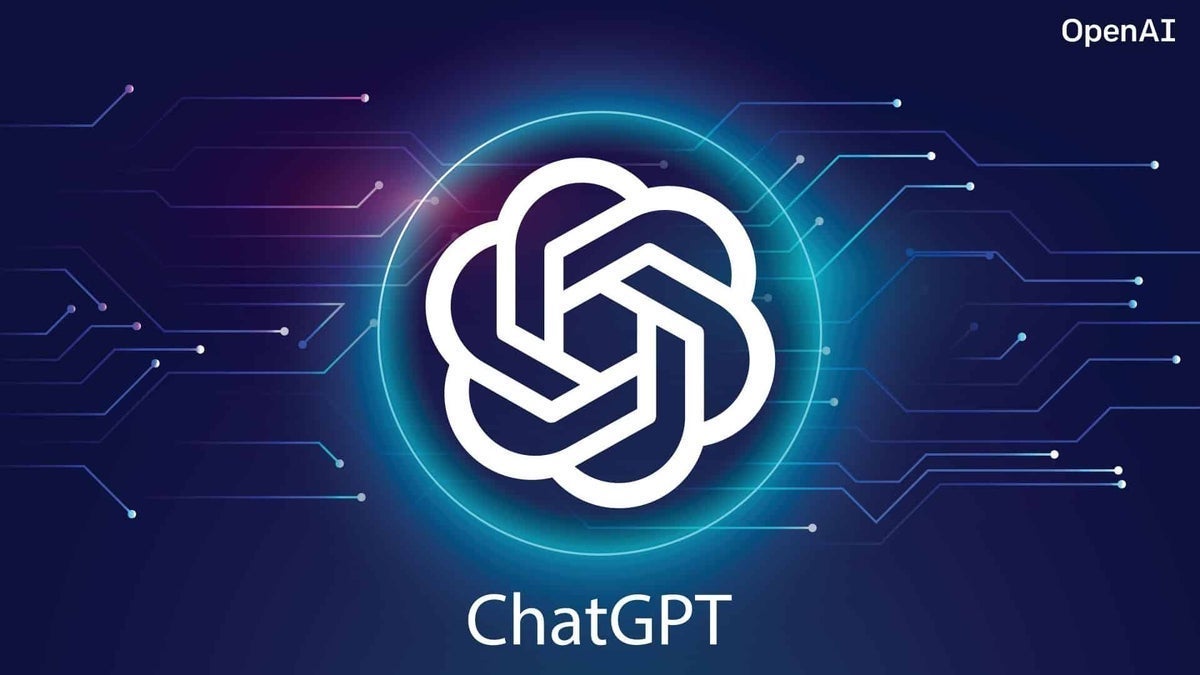


































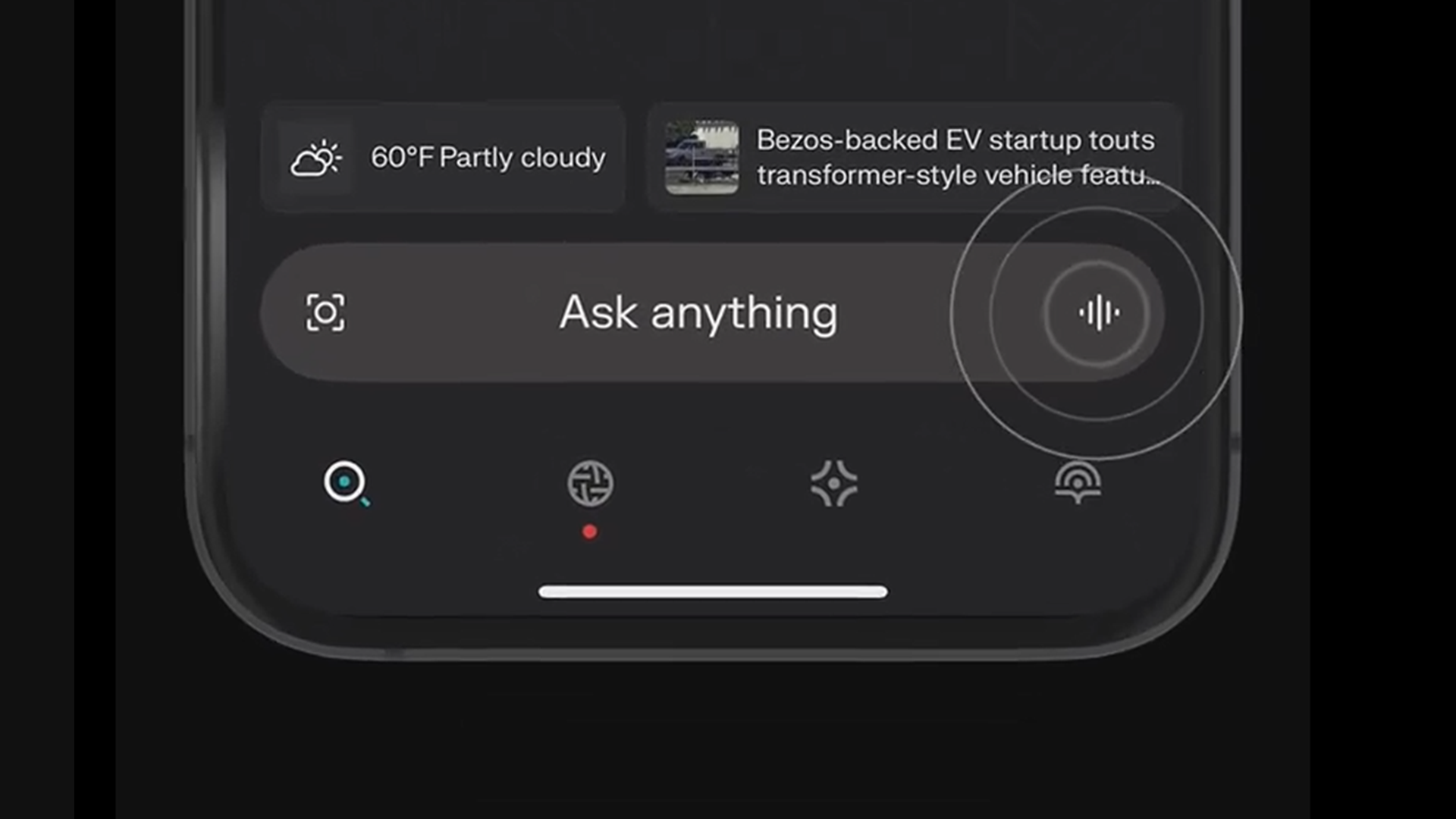













![Apple to Shift Robotics Unit From AI Division to Hardware Engineering [Report]](https://www.iclarified.com/images/news/97128/97128/97128-640.jpg)
![Apple Shares New Ad for iPhone 16: 'Trust Issues' [Video]](https://www.iclarified.com/images/news/97125/97125/97125-640.jpg)






























































































































































































![[The AI Show Episode 144]: ChatGPT’s New Memory, Shopify CEO’s Leaked “AI First” Memo, Google Cloud Next Releases, o3 and o4-mini Coming Soon & Llama 4’s Rocky Launch](https://www.marketingaiinstitute.com/hubfs/ep%20144%20cover.png)































































































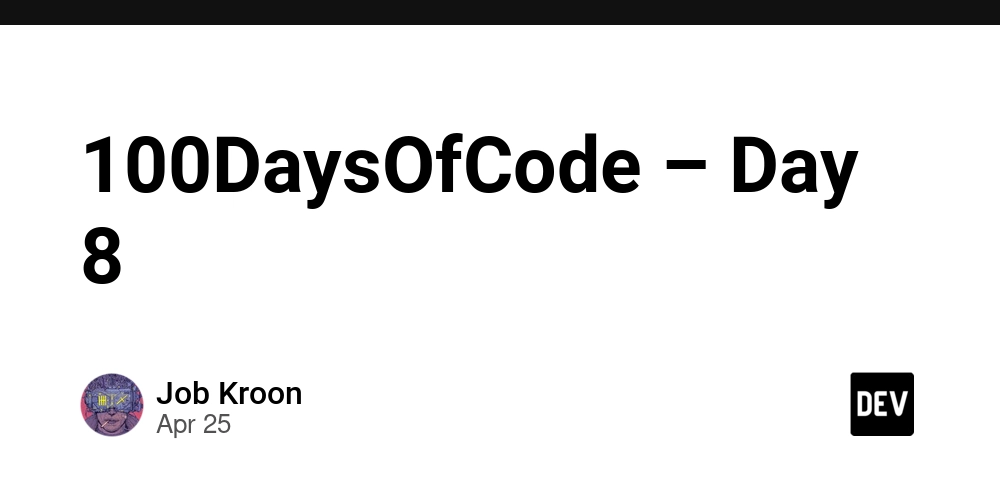

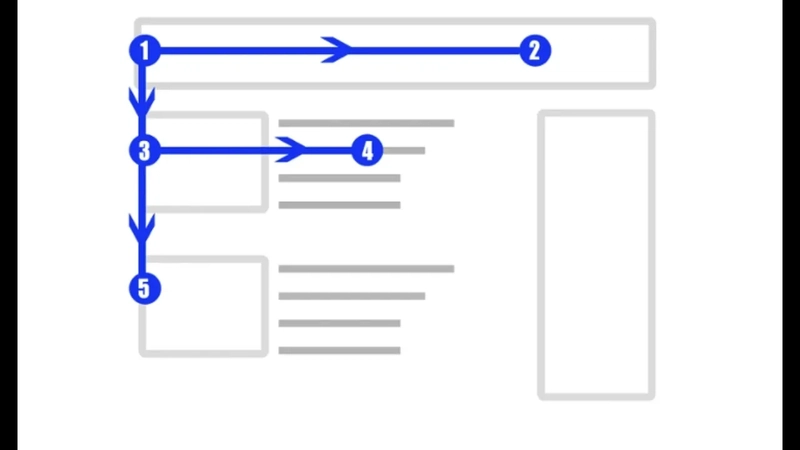















































































.jpg?#)




























































